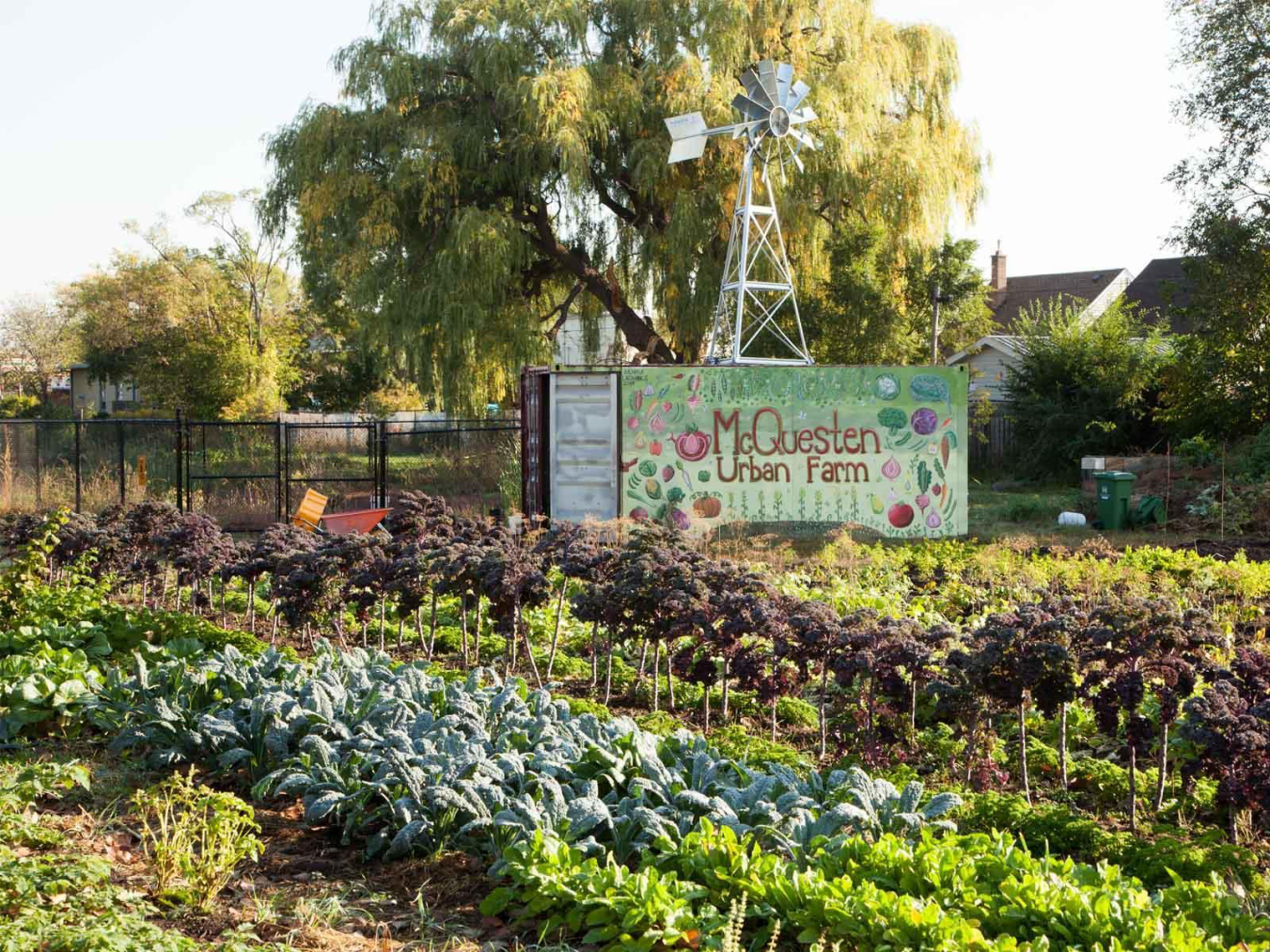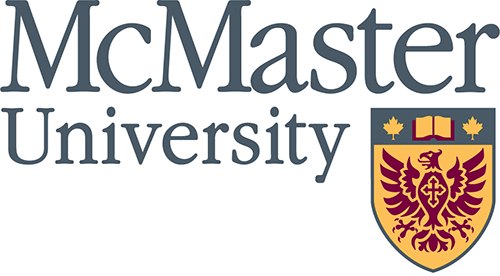“Challenge:
How might the LRT project affect traffic on the LRT Corridor and alternative routes, the economic growth of the downtown core, and provide health and environmental benefits to the community?”
Student Names:
Anastasia Soukhov, Cole Bondarewski, Chris Leung, Amanda Reale, Mike Wang, Julian Riano, Stanley Qian, Andrea Giampuzzi, Justin Lawrence, Andres Alvarez
Staff Member:
Kris Jacobson, Acting Director, LRT Project Coordination
Instructor:
Moataz Mohamed
Course and Department:
CIVENG 4T04 Transportation Engineering II: Modelling, Transit, and ITS
The Hamilton LRT project is part of the Ontario government’s commitment to expanding transit in the Greater Toronto and Hamilton Area. This project presents a great opportunity for students to study the effects of the LRT on different aspects of the community. Questions surrounding projected traffic congestion, property values, anticipated employment growth, and improved environmental conditions due to decreased daily travel times and fuel consumption, can be explored.
Students of the McMaster Transportation Engineering class created a traffic simulation of the current and projected conditions on a section of King Street near McMaster University. They used statistical models to project current traffic data into the future. Students optimized LRT riders' travel times using a micro traffic simulation model. They consulted literature for additional traffic assignment modelling assumptions and reviewed literature discussing the economic and environmental impacts of the LRT project on Hamilton's community.
Next students will generate suggestions to highlight the impacts of LRT and share their findings with community stakeholders.
Traffic assignment equilibrium loop


















